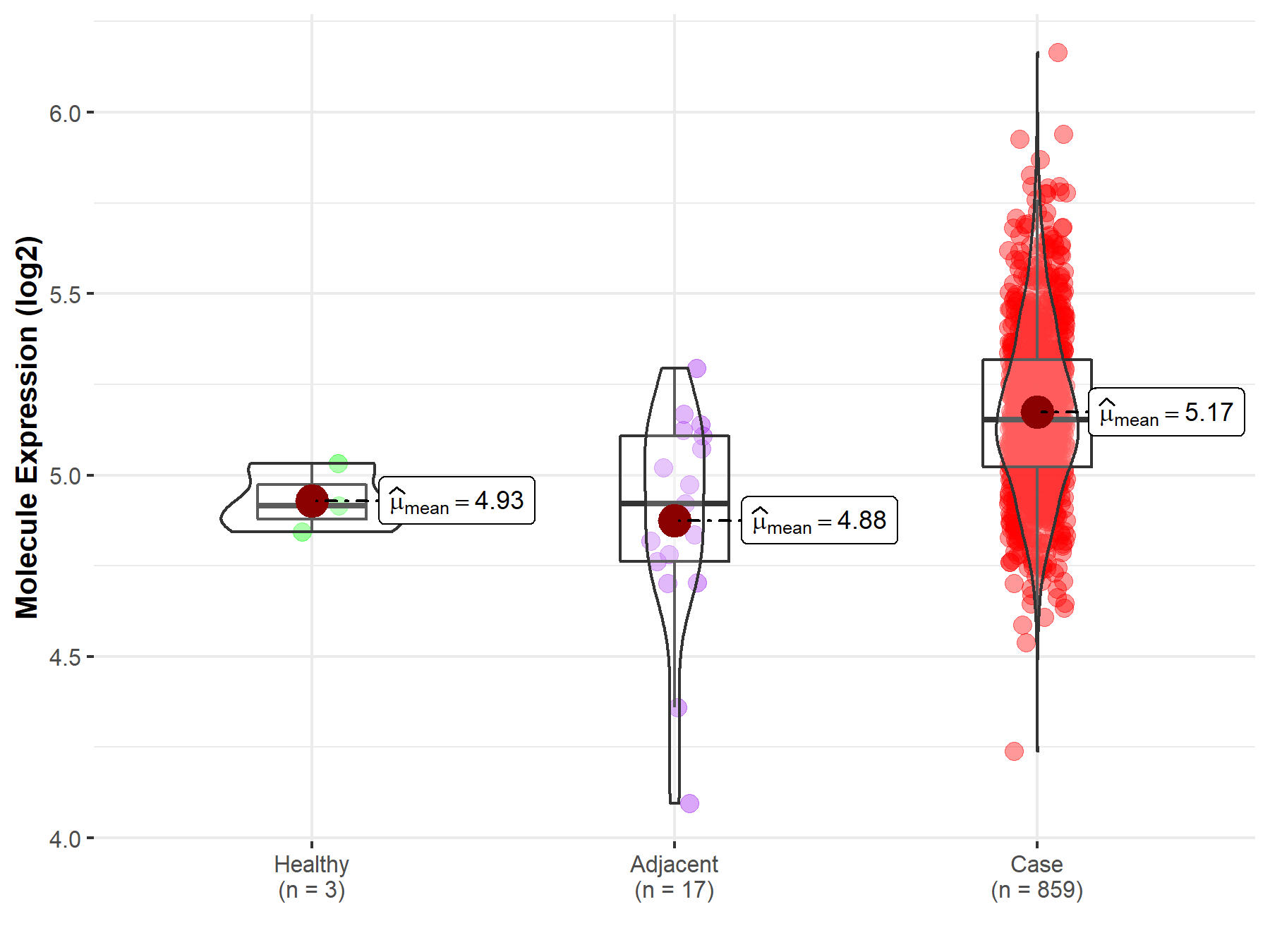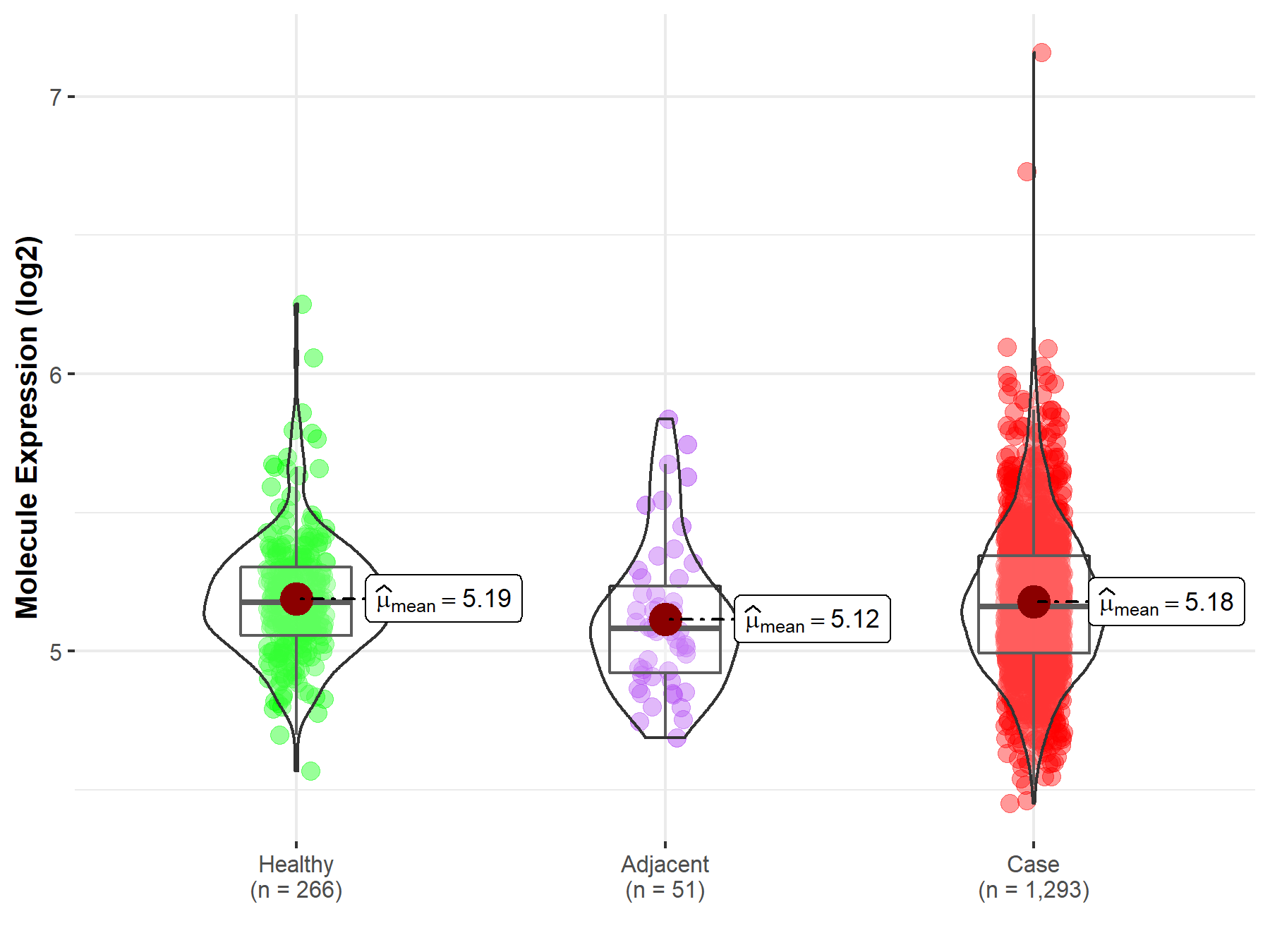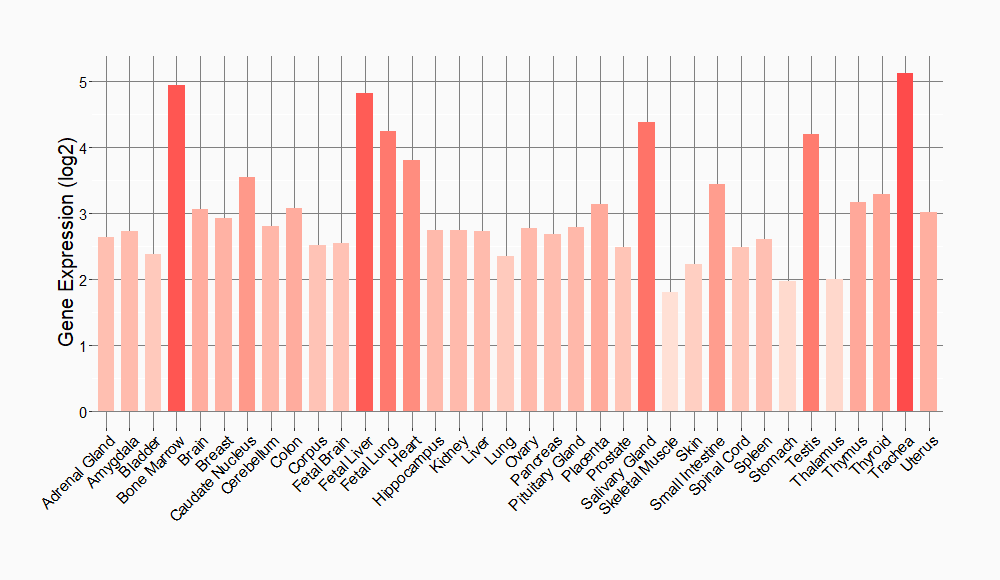Molecule Information
General Information of the Molecule (ID: Mol00337)
| Name |
Transcription factor E2F2 (E2F2)
,Homo sapiens
|
||||
|---|---|---|---|---|---|
| Synonyms |
E2F-2
Click to Show/Hide
|
||||
| Molecule Type |
Protein
|
||||
| Gene Name |
E2F2
|
||||
| Gene ID | |||||
| Location |
chr1:23506438-23531233[-]
|
||||
| Sequence |
MLQGPRALASAAGQTPKVVPAMSPTELWPSGLSSPQLCPATATYYTPLYPQTAPPAAAPG
TCLDATPHGPEGQVVRCLPAGRLPAKRKLDLEGIGRPVVPEFPTPKGKCIRVDGLPSPKT PKSPGEKTRYDTSLGLLTKKFIYLLSESEDGVLDLNWAAEVLDVQKRRIYDITNVLEGIQ LIRKKAKNNIQWVGRGMFEDPTRPGKQQQLGQELKELMNTEQALDQLIQSCSLSFKHLTE DKANKRLAYVTYQDIRAVGNFKEQTVIAVKAPPQTRLEVPDRTEDNLQIYLKSTQGPIEV YLCPEEVQEPDSPSEEPLPSTSTLCPSPDSAQPSSSTDPSIMEPTASSVPAPAPTPQQAP PPPSLVPLEATDSLLELPHPLLQQTEDQFLSPTLACSSPLISFSPSLDQDDYLWGLEAGE GISDLFDSYDLGDLLIN Click to Show/Hide
|
||||
| Function |
Transcription activator that binds DNA cooperatively with DP proteins through the E2 recognition site, 5'-TTTC[CG]CGC-3' found in the promoter region of a number of genes whose products are involved in cell cycle regulation or in DNA replication. The DRTF1/E2F complex functions in the control of cell-cycle progression from g1 to s phase. E2F2 binds specifically to RB1 in a cell-cycle dependent manner.
Click to Show/Hide
|
||||
| Uniprot ID | |||||
| Ensembl ID | |||||
| HGNC ID | |||||
| Click to Show/Hide the Complete Species Lineage | |||||
Type(s) of Resistant Mechanism of This Molecule
Drug Resistance Data Categorized by Drug
Approved Drug(s)
4 drug(s) in total
| Drug Sensitivity Data Categorized by Their Corresponding Mechanisms | ||||
|
|
||||
| Disease Class: Gastric cancer | [1] | |||
| Sensitive Disease | Gastric cancer [ICD-11: 2B72.1] | |||
| Sensitive Drug | Cisplatin | |||
| Molecule Alteration | Expression | Down-regulation |
||
| Experimental Note | Revealed Based on the Cell Line Data | |||
| Cell Pathway Regulation | Cell apoptosis | Activation | hsa04210 | |
| Cell proliferation | Inhibition | hsa05200 | ||
| In Vitro Model | SGC7901 cells | Gastric | Homo sapiens (Human) | CVCL_0520 |
| Experiment for Molecule Alteration |
Western blot analysis | |||
| Experiment for Drug Resistance |
MTS assay | |||
| Mechanism Description | NRAS and E2F2 as the direct targets of miR-26a were further confirmed in luciferase activity assays and miR-26a-mediated these two genes expression analysis. Our results also found that knockdown of NRAS or E2F2 sensitize GC cells to cisplatin. miR-26a overexpression has been demonstrated to improve the sensitivity of GC cells to cisplatin and this effect was considered to be mediated via its targets NRAS and E2F2. | |||
| Drug Resistance Data Categorized by Their Corresponding Mechanisms | ||||
|
|
||||
| Disease Class: Breast cancer | [2] | |||
| Resistant Disease | Breast cancer [ICD-11: 2C60.3] | |||
| Resistant Drug | LY2835219 | |||
| Molecule Alteration | Expression | Up-regulation |
||
| Experimental Note | Revealed Based on the Cell Line Data | |||
| Mechanism Description | The overexpression of E2F causes the cell to circumvent CDK4/6 inhibition and rely upon signaling pathways other than the cyclin D-CDK4/6 axis for cell cycle progression. Further studies are required to explore the detailed mechanism of this escape pathway. Moreover, inhibition of proteins downstream of E2F, in concert with CDK4/6 inhibition, may increase the efficacy of CDK4/6 inhibitors, overcoming resistance. | |||
| Drug Resistance Data Categorized by Their Corresponding Mechanisms | ||||
|
|
||||
| Disease Class: Breast cancer | [2] | |||
| Resistant Disease | Breast cancer [ICD-11: 2C60.3] | |||
| Resistant Drug | Palbociclib | |||
| Molecule Alteration | Expression | Up-regulation |
||
| Experimental Note | Revealed Based on the Cell Line Data | |||
| Mechanism Description | The overexpression of E2F causes the cell to circumvent CDK4/6 inhibition and rely upon signaling pathways other than the cyclin D-CDK4/6 axis for cell cycle progression. Further studies are required to explore the detailed mechanism of this escape pathway. Moreover, inhibition of proteins downstream of E2F, in concert with CDK4/6 inhibition, may increase the efficacy of CDK4/6 inhibitors, overcoming resistance. | |||
| Drug Resistance Data Categorized by Their Corresponding Mechanisms | ||||
|
|
||||
| Disease Class: Breast cancer | [2] | |||
| Resistant Disease | Breast cancer [ICD-11: 2C60.3] | |||
| Resistant Drug | Ribociclib | |||
| Molecule Alteration | Expression | Up-regulation |
||
| Experimental Note | Revealed Based on the Cell Line Data | |||
| Mechanism Description | The overexpression of E2F causes the cell to circumvent CDK4/6 inhibition and rely upon signaling pathways other than the cyclin D-CDK4/6 axis for cell cycle progression. Further studies are required to explore the detailed mechanism of this escape pathway. Moreover, inhibition of proteins downstream of E2F, in concert with CDK4/6 inhibition, may increase the efficacy of CDK4/6 inhibitors, overcoming resistance. | |||
Disease- and Tissue-specific Abundances of This Molecule
ICD Disease Classification 02

| Differential expression of molecule in resistant diseases | ||
| The Studied Tissue | Gastric tissue | |
| The Specified Disease | Gastric cancer | |
| The Expression Level of Disease Section Compare with the Healthy Individual Tissue | p-value: 4.44E-02; Fold-change: 2.37E-01; Z-score: 2.50E+00 | |
| The Expression Level of Disease Section Compare with the Adjacent Tissue | p-value: 9.52E-04; Fold-change: 2.30E-01; Z-score: 7.57E-01 | |
|
Molecule expression in the normal tissue adjacent to the diseased tissue of patients
Molecule expression in the diseased tissue of patients
Molecule expression in the normal tissue of healthy individuals
|
||
| Disease-specific Molecule Abundances |

|
Click to View the Clearer Original Diagram |
| Differential expression of molecule in resistant diseases | ||
| The Studied Tissue | Breast tissue | |
| The Specified Disease | Breast cancer | |
| The Expression Level of Disease Section Compare with the Healthy Individual Tissue | p-value: 4.60E-01; Fold-change: -1.40E-02; Z-score: -6.47E-02 | |
| The Expression Level of Disease Section Compare with the Adjacent Tissue | p-value: 1.04E-01; Fold-change: 7.94E-02; Z-score: 2.99E-01 | |
|
Molecule expression in the normal tissue adjacent to the diseased tissue of patients
Molecule expression in the diseased tissue of patients
Molecule expression in the normal tissue of healthy individuals
|
||
| Disease-specific Molecule Abundances |

|
Click to View the Clearer Original Diagram |
Tissue-specific Molecule Abundances in Healthy Individuals


|
||
References
If you find any error in data or bug in web service, please kindly report it to Dr. Sun and Dr. Zhang.
